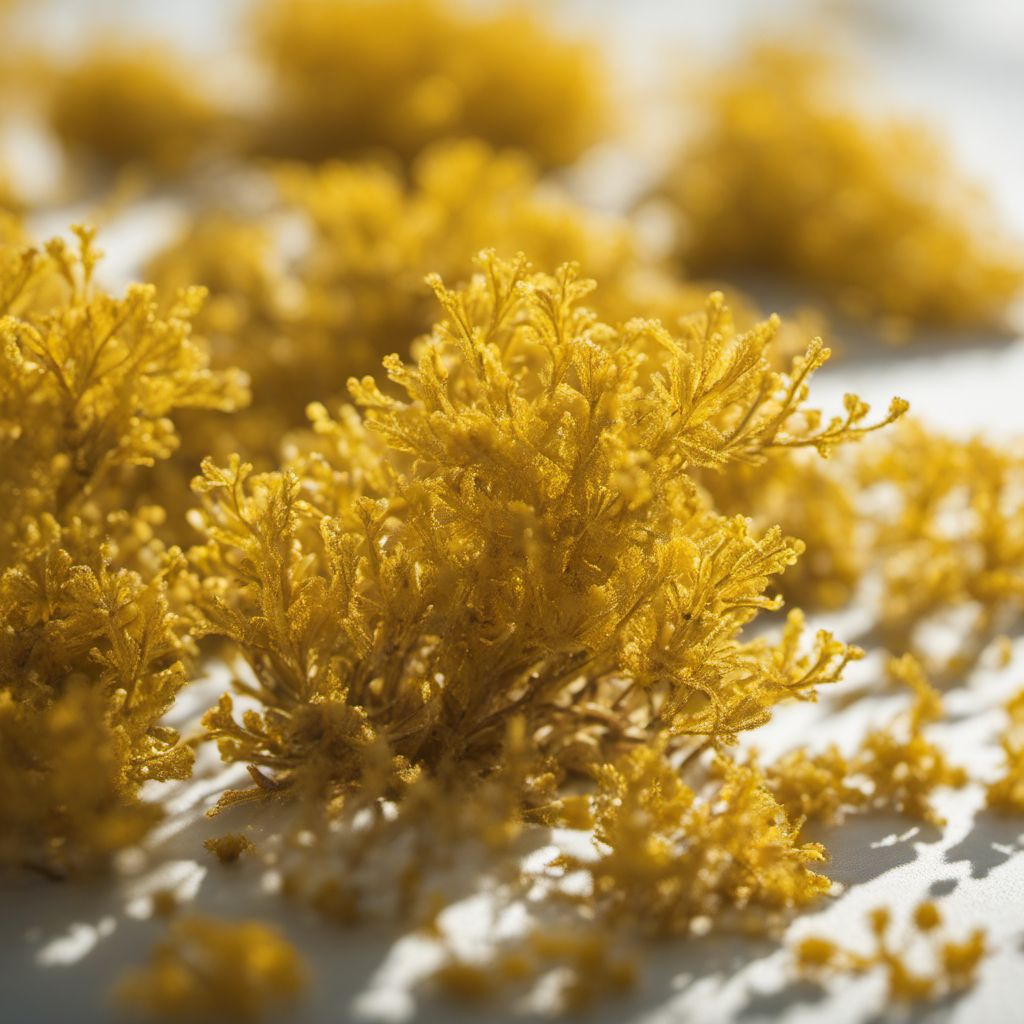
Ingredient
Hijiki
Oceanic Nutrient Powerhouse
Hijiki has a dark brown color and a slightly sweet, earthy taste with a hint of brininess. It has a delicate, chewy texture and is often used in Japanese cuisine, particularly in salads, soups, and stir-fries.
Origins and history
Hijiki has been consumed in Japan for centuries and is considered a staple in traditional Japanese cooking. It is harvested from rocky coastlines and has a long history of culinary and medicinal use in Asian cultures.
Nutritional information
Hijiki is a good source of dietary fiber, calcium, iron, and iodine. It also contains essential minerals such as magnesium, potassium, and zinc. Additionally, it is rich in vitamins A, C, and E.
Allergens
May contain traces of shellfish and other seafood.
How to select
When purchasing hijiki, look for dried hijiki that is free from any signs of moisture or mold. It should have a dark brown color and a pleasant oceanic aroma. Avoid hijiki that appears discolored or has a strong fishy smell.
Storage recommendations
To maintain the freshness of dried hijiki, store it in an airtight container in a cool, dry place away from direct sunlight. Properly stored hijiki can last for up to a year.
How to produce
Hijiki cannot be easily produced at home as it requires specific growing conditions in the ocean. However, it can be sustainably harvested from rocky coastlines or purchased from specialty stores or online retailers.
Preparation tips
Before using hijiki, it needs to be rehydrated by soaking it in water for about 15 minutes. Once rehydrated, it can be blanched, stir-fried, or added to soups and salads. Combine hijiki with other vegetables, tofu, or seafood for a nutritious and flavorful dish.
Substitutions
Nori, arame, wakame
Culinary uses
Hijiki is commonly used in Japanese cuisine, particularly in salads, soups, and stir-fries. It can be added to miso soup, sushi rolls, or mixed with vegetables and sesame dressing for a refreshing salad.
Availability
Commonly available in Japan, Korea, and other Asian countries.


